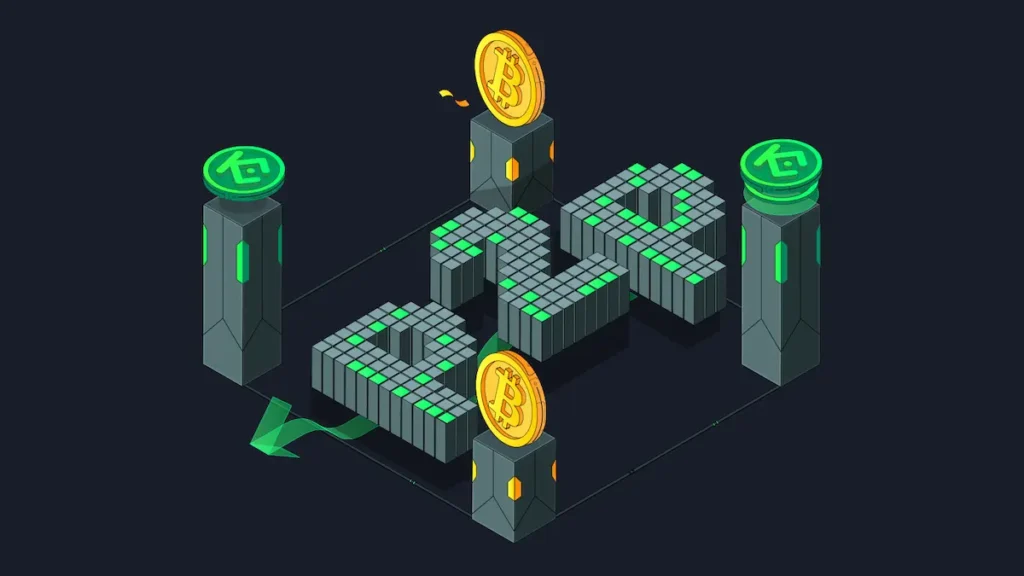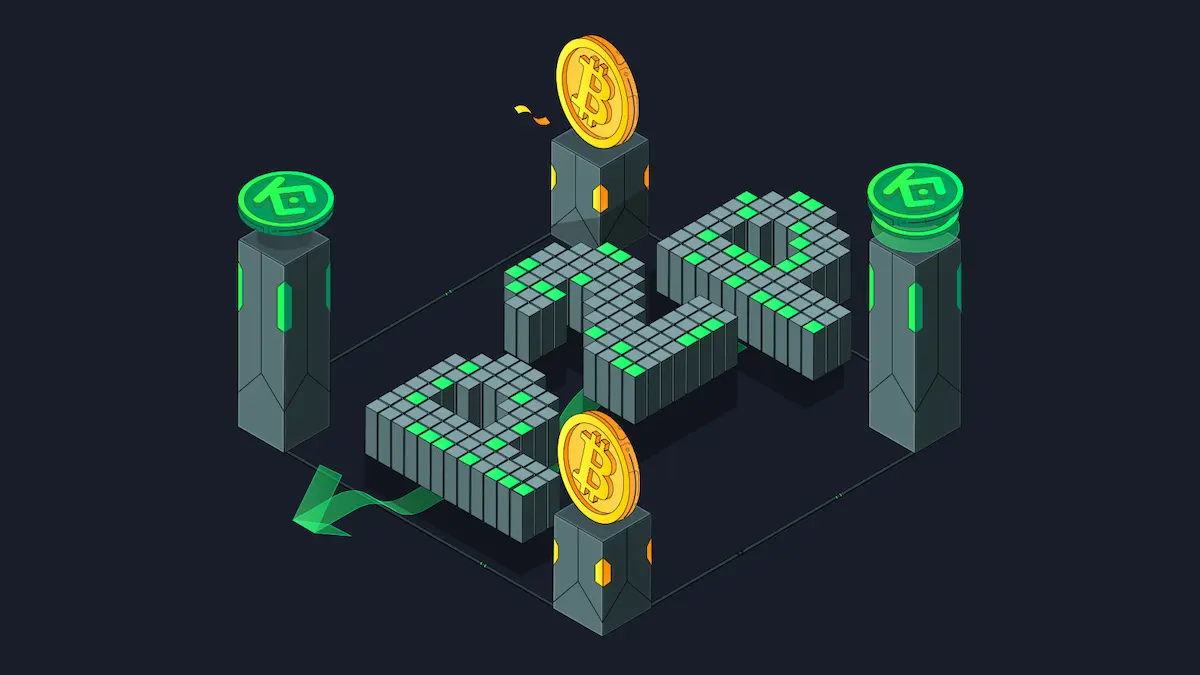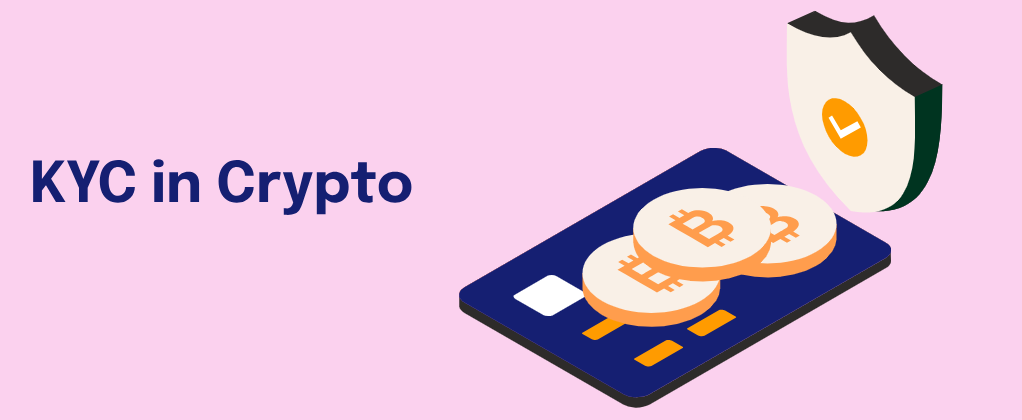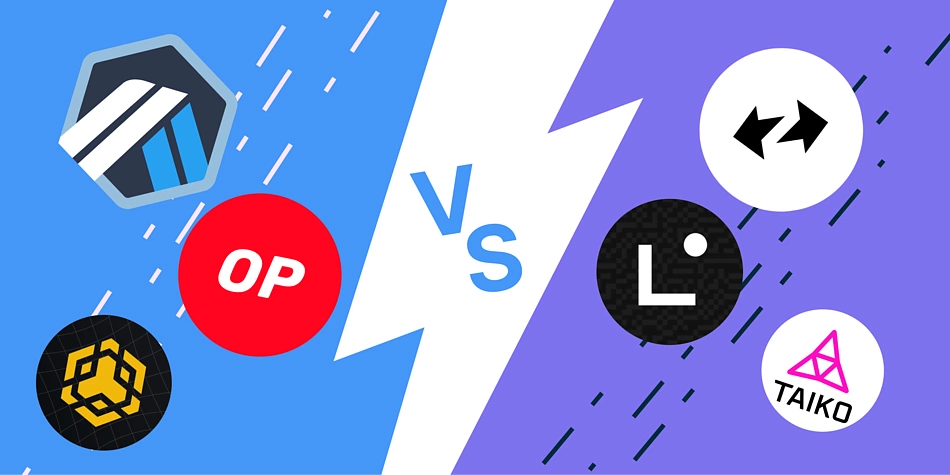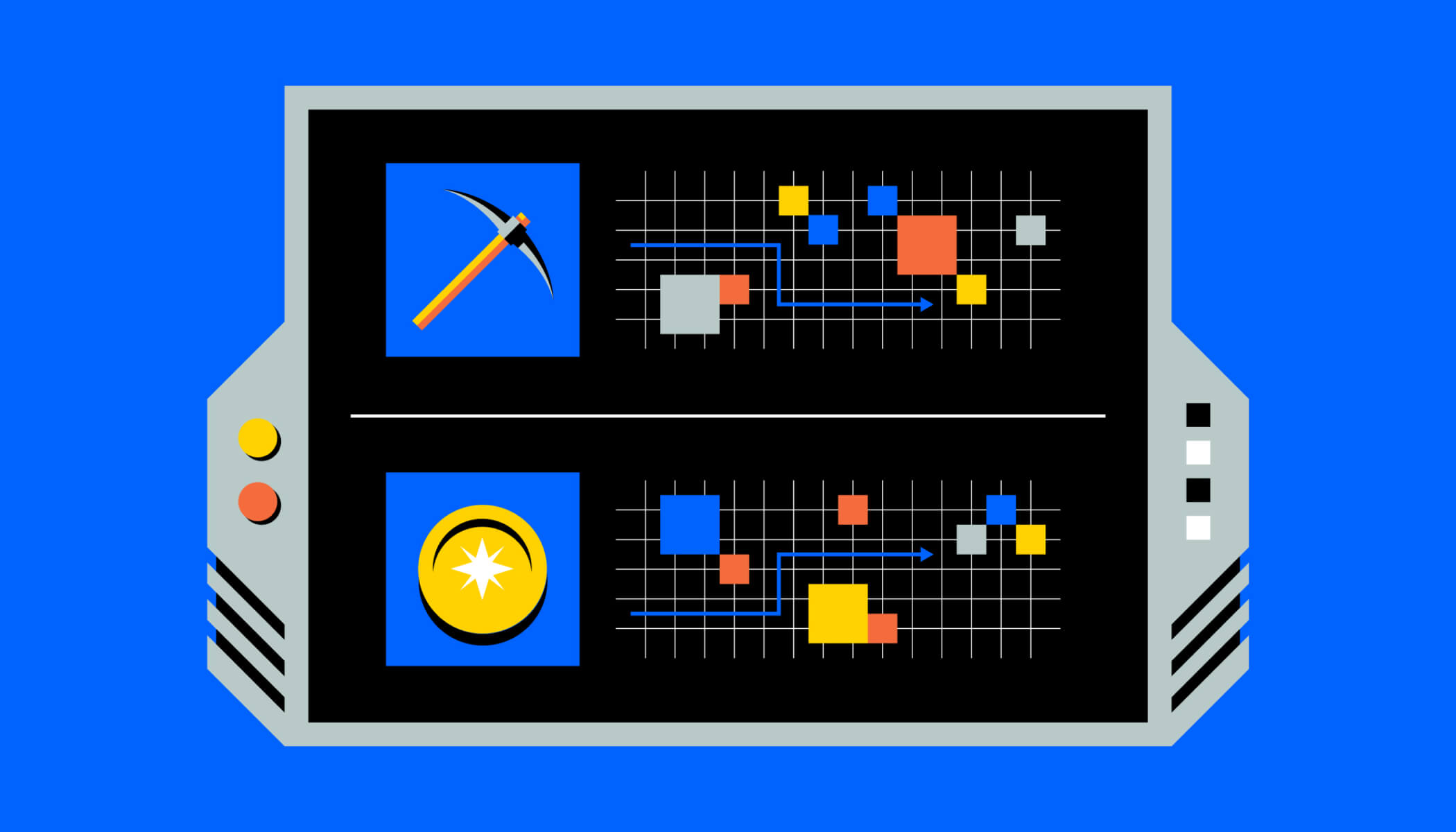Overview
Blockchain and cryptocurrency business models have evolved to meet the demands of the digital economy. From business transactions to direct consumer and government interactions, blockchain is reshaping how business is conducted. These models include B2B, B2C, B2B2C, B2G, P2P, C2C, C2B, C2G, G2B, G2C, G2G, D2C, and H2H, each with specific applications in the crypto industry.
Examples
- B2B (Business to Business) – Businesses that provide blockchain-based services to other companies.
Example: Chainalysis, which offers blockchain analytics to financial institutions and government agencies. -
B2C (Business to Consumer) – Companies that use blockchain to offer services or products directly to consumers.
Example: Overstock, which allows users to purchase goods with cryptocurrencies. -
B2B2C (Business to Business to Consumer) – Platforms that connect businesses and consumers using blockchain.
Example: Binance Pay, which enables cryptocurrency payments between companies and their customers. -
B2G (Business to Government) – Businesses that develop blockchain solutions for government applications.
Example: VeChain, which has worked with governments to track supply chains using blockchain technology. -
P2P (Peer to Peer) – Direct transactions between individuals without intermediaries.
Example: Uniswap, a decentralized exchange that facilitates crypto trades between users. -
C2C (Consumer to Consumer) – Individuals buying and selling digital assets directly to each other.
Example: OpenSea, a marketplace where users trade NFTs without third-party control. -
C2B (Consumer to Business) – Consumers offering services or products to businesses using blockchain.
Example: Steemit, where content creators earn cryptocurrency from companies that advertise on the platform. -
C2G (Consumer to Government) – Blockchain-based transactions between individuals and government entities.
Example: Some governments allow citizens to pay taxes using Bitcoin. -
G2B (Government to Business) – Governments utilizing blockchain to facilitate interactions with businesses.
Example: Dubai, which uses blockchain to manage commercial contracts. -
G2C (Government to Consumer) – Public services enhanced by blockchain technology.
Example: Estonia, which provides blockchain-based digital identity for accessing government services. -
G2G (Government to Government) – Blockchain technology used for intergovernmental cooperation.
Example: Blockchain applications in international trade agreements and diplomatic processes. -
D2C (Direct to Consumer) – Companies selling products or services directly to consumers without intermediaries.
Example: Nike, which sells NFT-based digital sneakers through blockchain. -
H2H (Human to Human) – Decentralized peer-to-peer interactions on blockchain networks.
Example: Gitcoin, which enables direct cryptocurrency payments to freelance developers.
Advantages
- Decentralization and transparency – Eliminates intermediaries, reducing costs and increasing trust.
- Security and traceability – Transactions are immutably recorded on the blockchain.
- Global accessibility – Enables transactions without geographic or banking restrictions.
- Increased efficiency – Smart contracts automate processes, reducing time and operational costs.
Challenges & Limitations
- Regulatory uncertainty – Lack of clear regulations can hinder adoption.
- Scalability – Some blockchains still struggle to process large transaction volumes efficiently.
- Resistance from businesses and governments – Transitioning to decentralized models requires structural changes.
- Market volatility – Cryptocurrency price fluctuations can impact business stability.
Evolution
Blockchain business models have evolved significantly over time. Initially, the predominant model was P2P, with Bitcoin as the first cryptocurrency enabling direct transactions. The introduction of Ethereum and smart contracts expanded the landscape, allowing B2B and B2C models, where businesses could develop decentralized solutions and accept crypto payments.
As blockchain adoption grew, more sophisticated models emerged. B2B2C and D2C became viable, facilitating seamless interactions between businesses and consumers through cryptocurrency payment platforms and asset tokenization. Meanwhile, governments have started integrating blockchain, leading to G2C and G2G models, improving public service efficiency and international agreements.
Currently, blockchain is expanding across industries, with enterprises and governments refining these models to optimize financial services, supply chains, and regulatory compliance. The continuous innovation in blockchain applications suggests that these business models will remain a crucial component of the digital economy in the years to come.
Market Sentiment
There is growing interest in blockchain-based business models due to their transparency and efficiency. Companies like Tesla have experimented with crypto payments, and governments are exploring blockchain for digital infrastructure. However, regulatory challenges and volatility remain significant barriers to widespread adoption.
Conclusion
Blockchain is transforming traditional business models by offering greater security, decentralization, and efficiency. As regulatory and technological challenges are addressed, more industries are expected to adopt this technology, solidifying its role in the future digital economy.
By Alejandro Silva Ramírez, Crypto Analyst & Columnist

